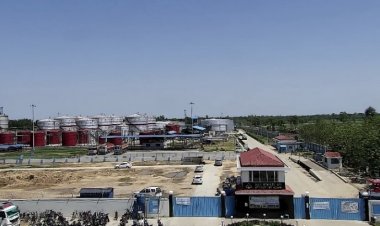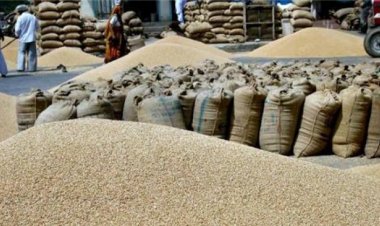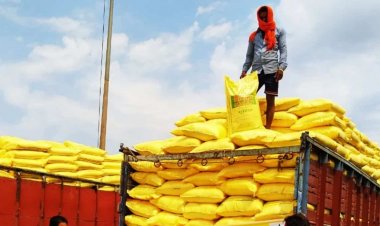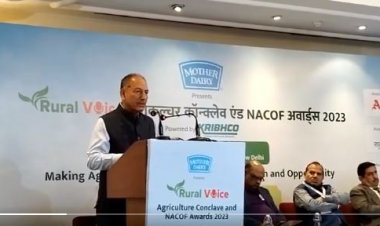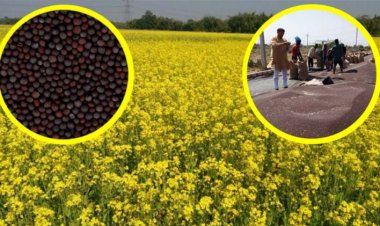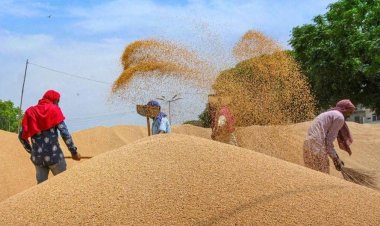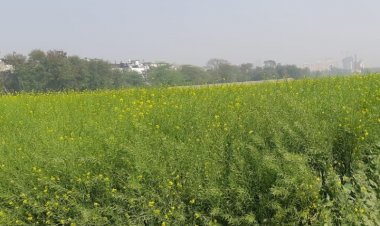Rain hits early variety of paddy; damage to sugar cane, bajra and vegetables too
The scarcity of rainfall in the entire monsoon season earlier and the ongoing rain for the last four days now have severely damaged the Kharif crops in several states. The early varieties of paddy have been affected the most. Besides, sugar cane, bajra (pearl millet) and vegetables, too, have been damaged.
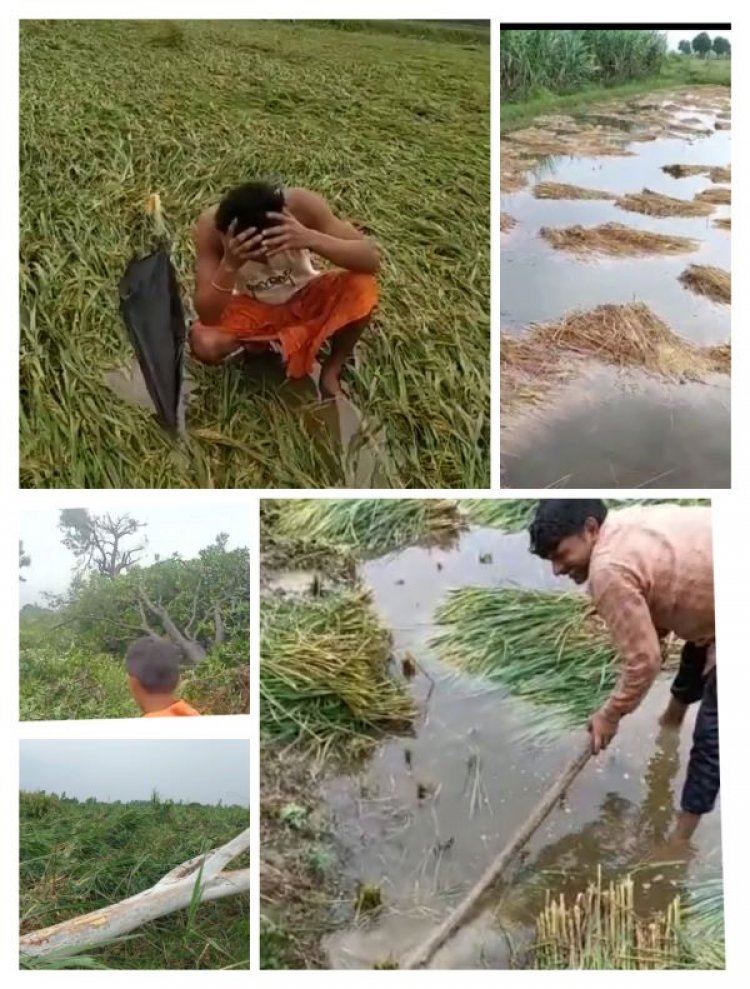
Farmers are unable to recover from the wrath of the weather. The scarcity of rainfall in the entire monsoon season earlier and the ongoing rain for the last four days now have severely damaged the Kharif crops in several states. The early varieties of paddy have been affected the most. Besides, other crops, including sugar cane and vegetables, too, have been damaged. In interviews with farmers and scientists from Uttar Pradesh (UP), Haryana and Delhi, Rural Voice made an attempt to know about the conditions resulting from the impact of the recent rain on the crops.
This rain has caused substantial damage to paddy farmers in UP and Haryana. In an interview with Rural Voice, farmer Pritam Singh from the village of Nekpur in Bulandshahr district said that he had grown paddy on some three acres of land. His early crop had ripened and some of it lay harvested in the fields. It remained lying in the fields. The grains have begun to blacken due to excess water-logging in the fields after the heavy rain. They also rot. He said that paddy had been grown over approximately 450 acres of land in his village. Of this, the crop of about 60 per cent of the farmers has fallen.
Damage to sugar cane and bajra along with paddy
Pritam Singh said that the sugarcane crop, too, had fallen in his village. A loss of 25 per cent is likely for the sugarcane crop. Early varieties of paddy, in which the ears had ripened, are likely to suffer a loss of up to 50 per cent. In the late varieties, too, where the crops have fallen, a loss of 25 per cent is likely to the farmers.
Umesh Kumar Singh, a farmer from the Hiranki village in Delhi, said that he had planted the crop of early paddy on 20 acres. The ears had ripened and the crop was about to be harvested. But the crop has scattered in the fields due to the strong winds and rain. Water-logging in the fields has compounded the problem. Singh said, “If water does not drain out of the fields, the grains turn black and the stalks rot in the fields.” He had also sown radish and spinach. But they, too, will rot due to waterlogged fields.
Sunil Kandela, a farmer from the Kandela village in Jind district of Haryana said that the crop of bajra (pearl millet) had been affected the most in his district. He said that the bajra crop of most of the farmers had ripened and had been kept in the stackyard after harvesting. The grains will drop and rot in the fields due to the rain. Even the bajra crop that stood in the fields has fallen. Bajra farmers are likely to suffer a loss of 50 per cent.
Vegetables too in grip of rain along with urad and moong
Sudhir Agrawal, a farmer from the Bhureka village in Mathura district, told Rural Voice that he had grown early varieties 1692 and 1509 of paddy on 50 acres of land. The crop was good, but heavy rain over four days has severely damaged the crops. All the crops have fallen. Agrawal said that almost 70 per cent of the paddy crops in his village had fallen. He had planted on two acres urad and moong crops, which were at the grain stage, but has now been devastated. The bajra crop was about to be reaped, but it has also suffered due to the heavy rain. Agrawal said that some of the farmers had planted black mustard and vegetables, but water-logging in those fields would lead to the rotting of seeds.
Plant vegetables on bunds along fields
Speaking to Rural Voice, Dr Hansraj Singh, Head, Krishi Vigyan Kendra (KVK), Hapur, suggested to the farmers who had reaped the harvest and kept it in the fields that they should make arrangements for draining the fields, otherwise the grains would turn bad. In the fields of standing crops, too, if there is too much water-logging, the paddy grains will be more broken due to excess moisture and farmers will not get fair prices.
Dr Singh said that due to moisture, many insects, including BPH (Brown Plant Hopper), may attack the late variety of crops that are currently standing in the fields. He suggested having proper drainage facilities in the fields of vegetables, sesame and arhar (tur). He said that in view of such a sudden change in season, farmers should sow on the bunds the vegetables that are sown early in the Rabi season so as to prevent losses.
Dr Suryanath Chourasia, Principal Scientist, Indian Institute of Vegetable Research (IIVR), Varanasi, told Rural Voice that it is time to sow cauliflower and potato. The heavy rain of the last few days will lead to a delay in the sowing and the farmers who have sown vegetables and set up nurseries have suffered massive losses. They will now have to wait for the fields to dry up. Farmers who have to grow vegetables in the future should set up nurseries at heights and in polyhouses and greenhouses. He suggested that the sowing should be done on the bunds at present. This will prevent delays in the sowing of crops and lead to good yields.












